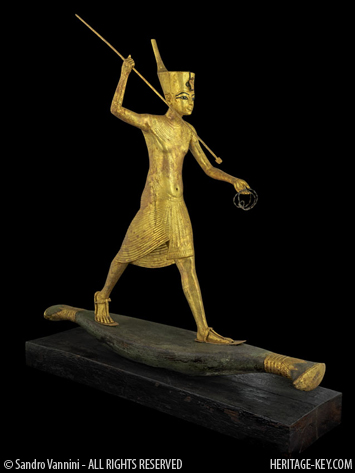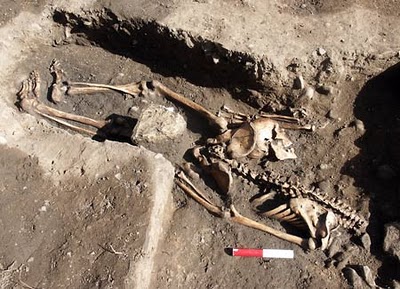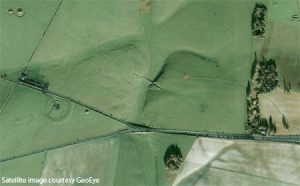 Archaeologists today discovered the upperportion of a statue of Egyptian Pharaoh Amenhotep III at Luxor, Egypt.
Archaeologists today discovered the upperportion of a statue of Egyptian Pharaoh Amenhotep III at Luxor, Egypt.
The find part of a double statue featuring King Amenhotep III with the falcon-headed sun god Re-Horakhti was made at the pharaoh’s funerary temple, locatedon the west bank of the Nile.
In a press statement, Egypt’s Minister of Culture, Farouk Hosny said that the discovery was made during routine excavations at Amenhotep III’s mortuary temple carried out by the Supreme Council of Antiquities (SCA).
The dig issupervised byDr. Zahi Hawass, who thinks of the newly discovered statue as one of the best of the recent finds in the area, because of its expert craftsmanship which reflects the skills of the ancient Egyptian artisans.
Previously, the SCAmission alreadyuneartheda double statue of the pharoah and the god Amun, several sculptures depicting the king with solar god Amun-Re and an uniquegranite colossus, depicting the god of wisdom Thoth in the form of a baboon.
This is the first time that we have found a standing statue of the god Thoth, said Dr. Hawass about the baboon statue.
Video: Saving Amenhotep III’s Temple
18th Dynasty king Amenhotep III, (1390-1352BC) is well known for the overwhelming amount of statues dedicated to him, particularly group statuary featuring the king with the ancient Egyptian deities.
These include Amun-Re, Re-Horakhti, Bastet, Sobek, and most frequently Sekhmet, the ancient Egyptian goddess of healing (as well as destruction).
So far, more than 80 statues of the goddess have been unearthed by the Amenhotep III Temple Conservation Project, directed by Dr. Hourig Sourouzian (watch the video about the project on the left).
It has been suggested that the Sekhmet statues were erected because Amenhotep’s failing health during the final years of his reign.
A number of group statues of Amenhotep III are still partially buried under private the farmland surrounding the temple. The government and the SCA are now trying to reach an agreement with the landowner to purchase the section so the statues can be fully excavated.
Amenhotep III’s funerary temple – famous for its Colossi of Memnon – was built closer to theNile than any other temple in Thebes, right on the edge of the floodplain.Consequently,less than 200 years after the pharaoh’s reign, it had almost completely collapsed, withmost of its stones being removed from the site to be reused in other construction projects.




